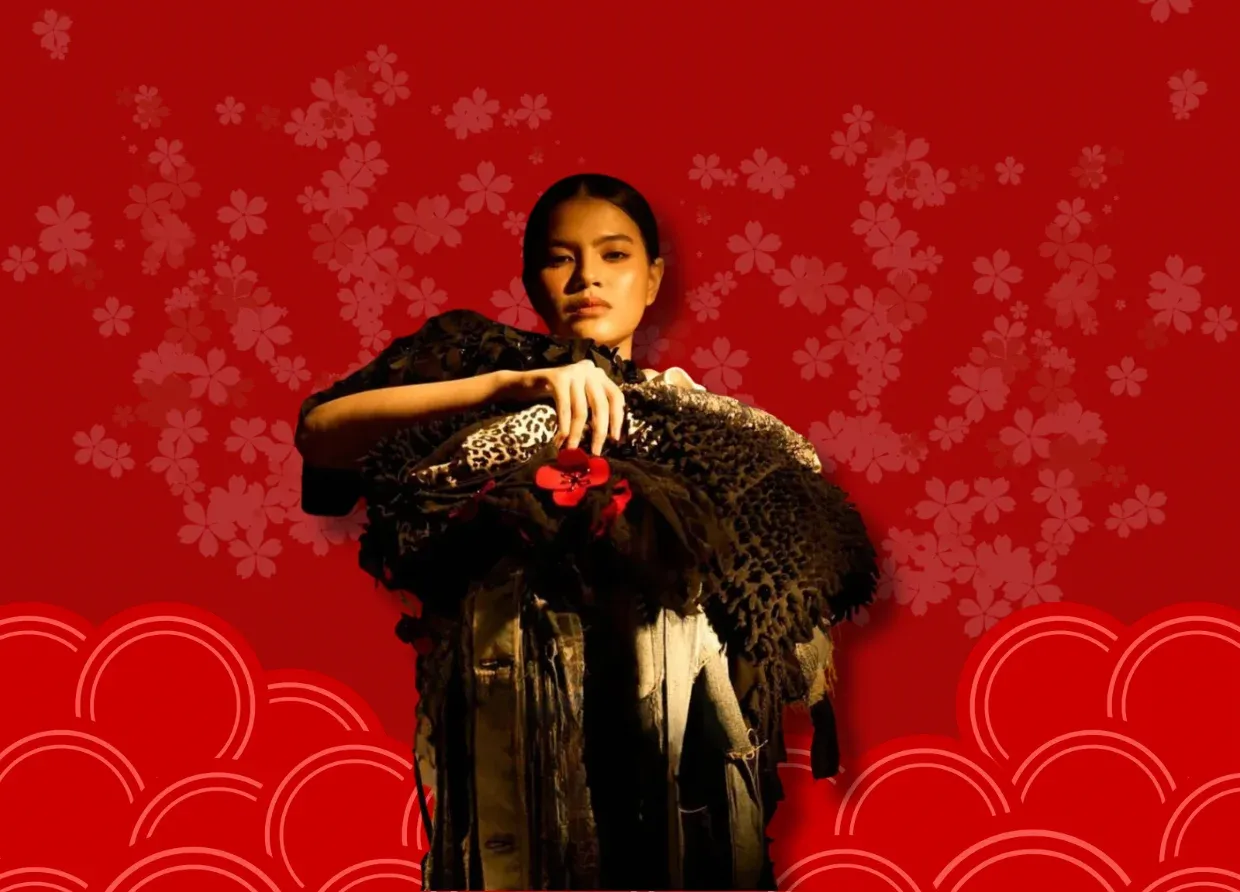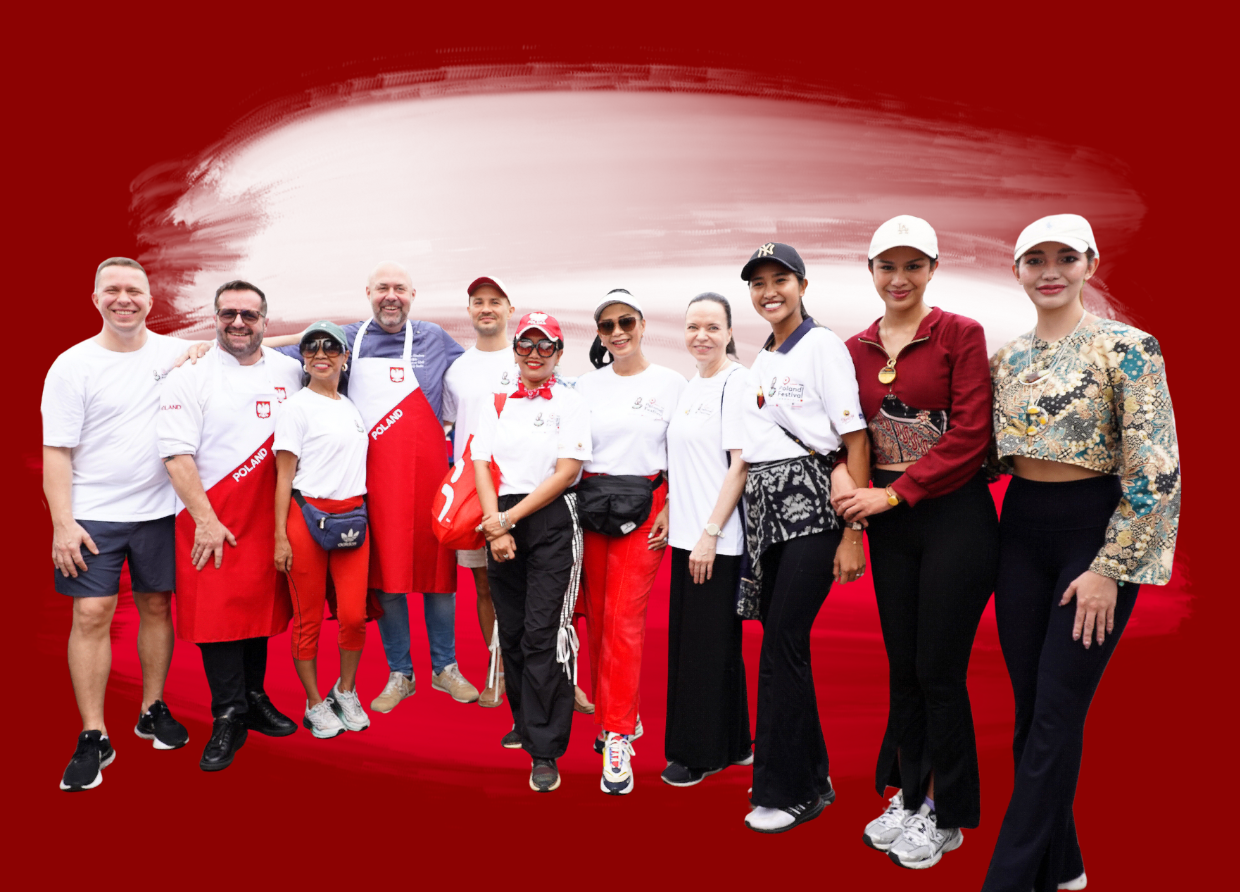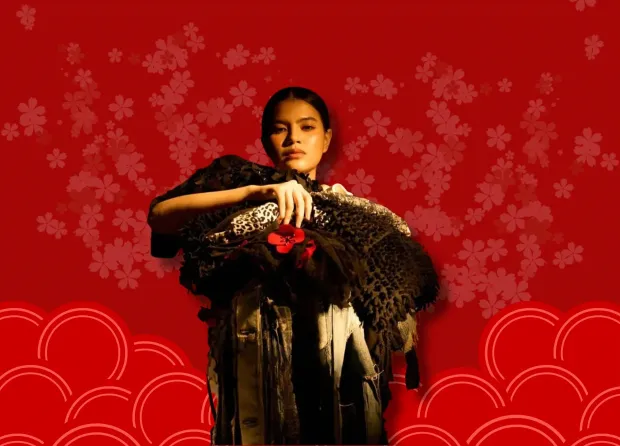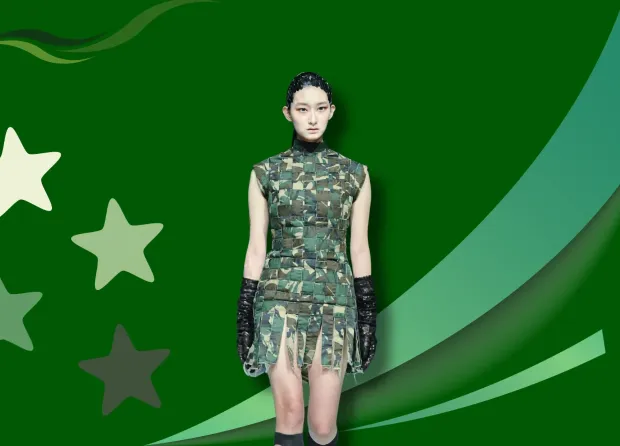THE NOTION OF BETTER BURGER: BLAME IT ALL ON FOOD STYLISTS
White lies for foodies.
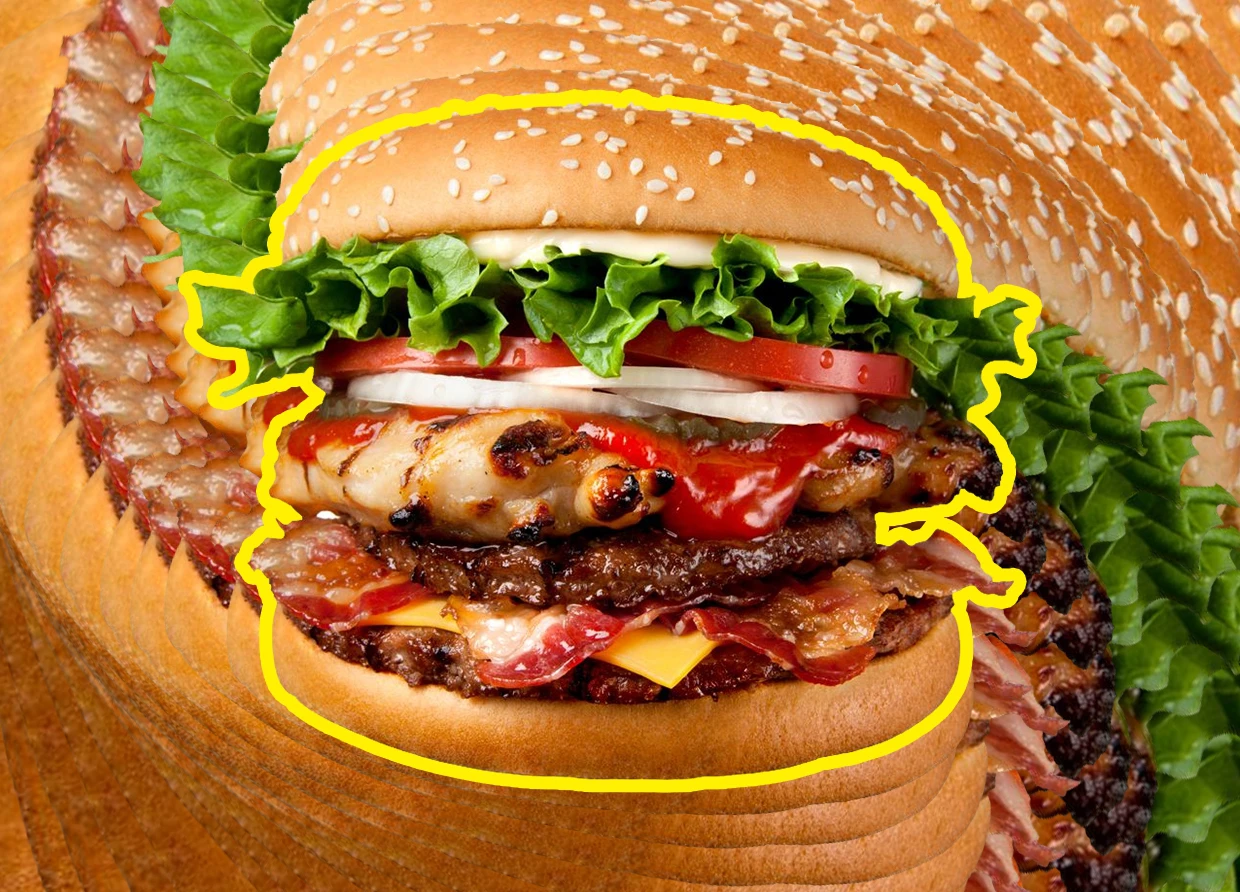
We've all marveled over juicy patties, deep red tomatoes, lush lettuce, and soft-looking buns only to find sad-looking burgers on our plates, at least once in our life. Erwin Sandi decided not to stay still about this.
The Palopo resident sued the fast-food chain KFC after finding his burger is not as appetizing as its advertised pictures. Erwin posted a picture of a miserable Krunchy Burger that he ordered through a food delivery app from a KFC outlet in Palopo on his Facebook page on November 15.
The burger was all brown with only fried chicken patty sat in between the buns, lacking the lettuce and sauce as advertised in the KFC's menus. Edwin said he was "deeply disappointed" and "aggravated."
The caption said, "apparently, KFC Indonesia is good at tricking their customers." Erwin later got the confirmation from the outlet manager of the KFC branch that they were indeed running out of veggies, claiming to have told the situation to the courier, who might have forgotten to pass the information.

But in this modern life, for the most part, food never looks like it does in ads or on their packaging because, just like the fashion models, some would get the cosmetic touch to elevate their looks to further appeal to your appetite. The industry calls these "hero shots", referring to the primary visuals, such as photograph or video, that represents an entire marketing operation.
In a sense, a hero shot should accurately depict a provided service or specific product or action, so the viewer understands the product itself immediately, even without explanation. However, the interpretation of the term "accurate" might be a bit grey in this.
In 1970, the famous Campbell Soup received a complaint from New York Federal Trade Commission for false advertising as the company padded their soup with glass marbles to ensure the solid ingredients were seen on the surface. The case resulted in a rule that regulates the specific food a company is advertising has to be real, although the complementing products are not.
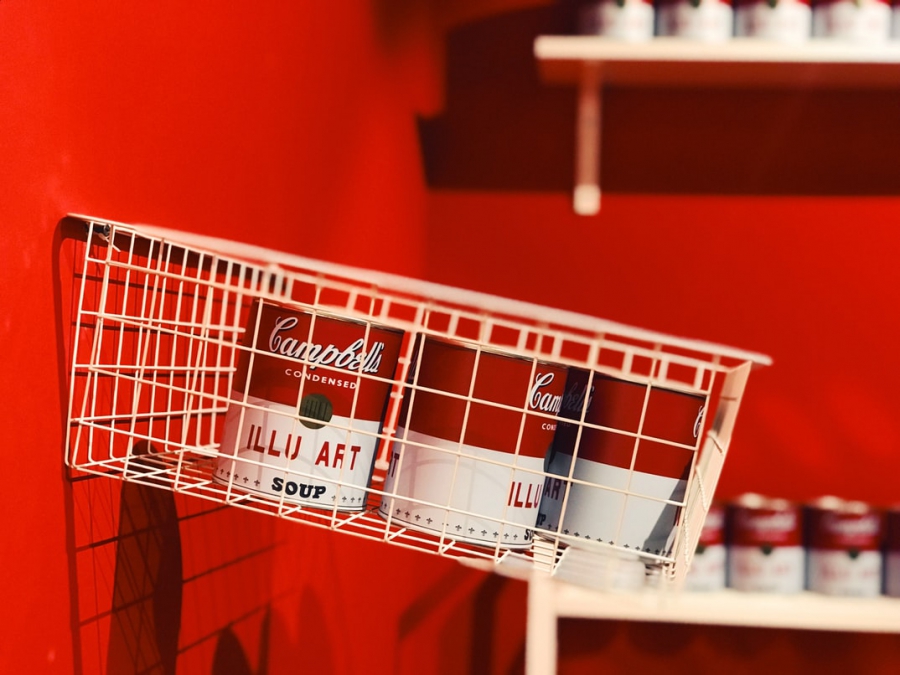
For instance, you might find some cereals pictured with splashes of milk on the packaging. The customers know, of course, that the carton only contains the cereal sans the milk. They buy it, nevertheless, with an understanding that the product should be consumed with milk. Imagine the bland and dry cereals to be the only thing in the packaging. Nobody would want to pick it up. Maybe.
McDonald's Canada did a behind-the-scenes video of a burger shoot to explain how food styling has changed the way their burgers actually look, and it takes hours. Back in the day, two or three decades ago, some food stylists would smear lipstick on unripe strawberries, scoop mashed potatoes to replace ice cream and paint on uncooked poultry to make them look roasted.
Aside from the tendency that modern people appreciate real-looking food pictures more, it is all thanks to image manipulation technology. Photoshop replaces all the paints, lipsticks, and mashed potatoes in the world, although some harmless sprays of water might still be involved during the photoshoot.
Alas, these things are sent to try us, and Erwin fell for them. Eventually, both parties succeeded in settling the case amicably. However, Erwin threatened to pursue legal action if KFC failed to comply with his demands.
The man requested KFC to improve their service without firing the employees involved in the tragic burger incident. The fried chicken expert chain is also required to feed orphans from at least five orphanages in Palopo every Friday for one month — hopefully with a complete set of meals.
#THE S MEDIA #Media Milenial #burger #food stylists #mcdonalds #kfc #campbell soup

